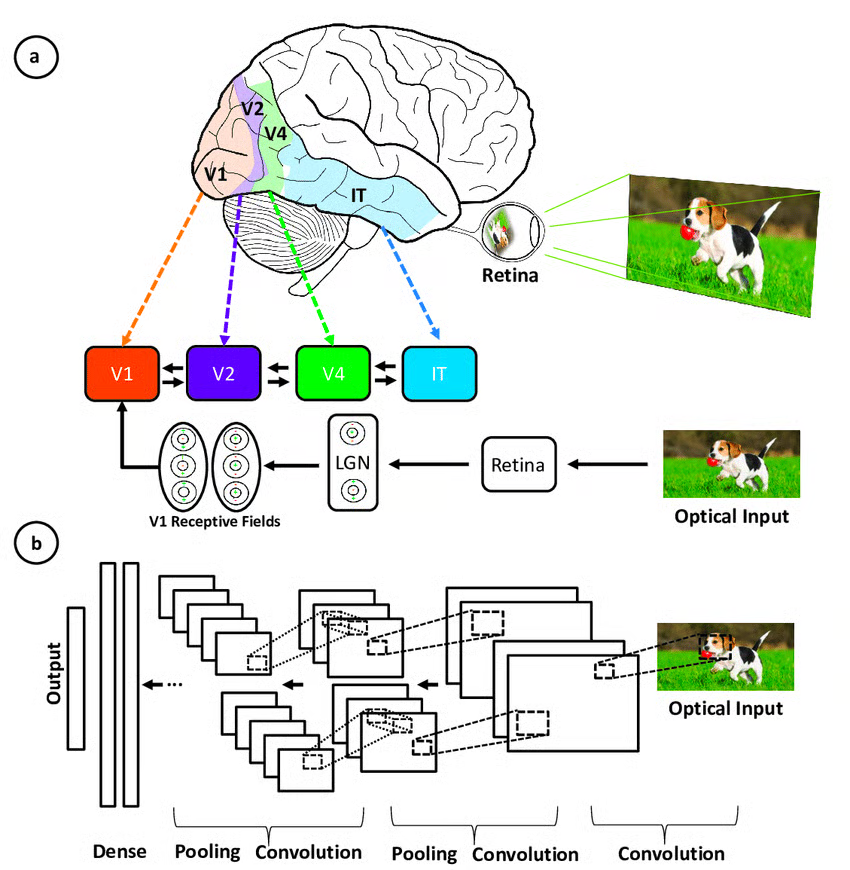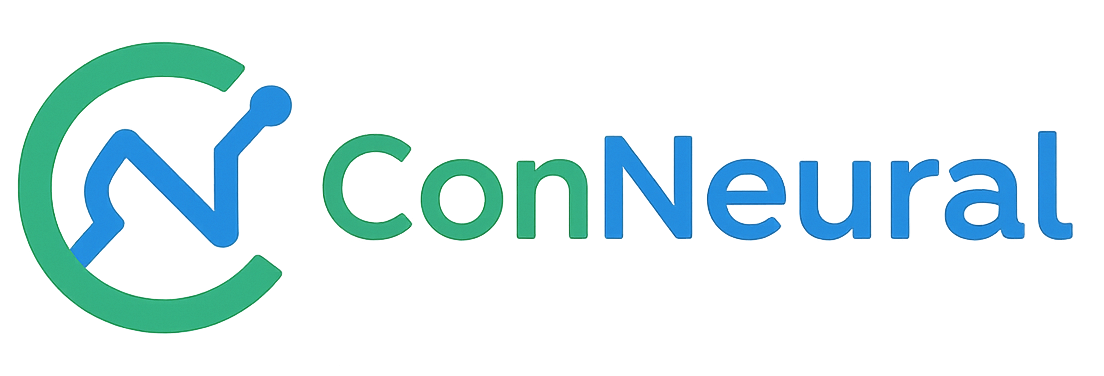
Introduction to Convolutional Neural Networks
Convolutional Neural Networks (CNNs) have emerged as a revolutionary force in the field of artificial intelligence, particularly in computer vision. These specialized neural networks have transformed how machines interpret and understand visual information, achieving human-level performance in tasks like image classification, object detection, and facial recognition.
At Conneural, we've leveraged CNNs in numerous projects, from medical imaging diagnostics to autonomous vehicle systems. In this comprehensive guide, we'll break down the fundamental concepts, architecture, and applications of CNNs, making this complex topic accessible to both technical and non-technical readers.
What Makes CNNs Special?
Unlike traditional neural networks that process input data as flat vectors, CNNs are specifically designed to work with grid-like data such as images. This architectural difference provides several advantages:
- Local Connectivity: CNNs process small regions of the input image, allowing them to detect local patterns and features.
- Parameter Sharing: The same filter/kernel is used across the entire image, significantly reducing the number of parameters.
- Hierarchical Learning: CNNs learn increasingly complex features through multiple layers, from edges and textures to complex objects.
- Spatial Invariance: They can recognize patterns regardless of their position in the image.
Core Components of CNNs
1. Convolutional Layers
The building blocks of CNNs, these layers apply filters (kernels) to the input data to create feature maps. Each filter detects specific features like edges, colors, or textures.
2. Pooling Layers
These layers reduce the spatial dimensions of the feature maps, making the network more efficient and helping to prevent overfitting.
3. Activation Functions
Non-linear activation functions like ReLU (Rectified Linear Unit) introduce non-linearity to the model, enabling it to learn complex patterns.
4. Fully Connected Layers
At the end of the network, these layers connect every neuron from one layer to every neuron in the next layer to make the final predictions.
Popular CNN Architectures
Over the years, several CNN architectures have been developed, each with unique characteristics:
- LeNet-5 (1998): One of the earliest successful CNNs, primarily used for handwritten digit recognition.
- AlexNet (2012): Won the ImageNet competition and popularized deep learning in computer vision.
- VGGNet (2014): Introduced the concept of using very small (3x3) convolution filters with deeper architectures.
- ResNet (2015): Introduced skip connections to enable training of very deep networks (100+ layers).
- EfficientNet (2019): Uses a compound scaling method to achieve state-of-the-art accuracy with fewer parameters.
Applications of CNNs
CNNs have found applications across various industries:
- Healthcare: Medical image analysis, disease detection, and drug discovery.
- Autonomous Vehicles: Object detection, lane detection, and traffic sign recognition.
- Retail: Visual search, inventory management, and customer behavior analysis.
- Agriculture: Crop monitoring, disease detection, and yield prediction using drone imagery.
- Security: Facial recognition, anomaly detection, and surveillance systems.
Challenges and Limitations
While CNNs are powerful, they come with certain challenges:
- Data Requirements: CNNs typically require large amounts of labeled training data.
- Computational Resources: Training deep CNNs requires significant computational power.
- Overfitting: Complex models may memorize training data rather than learning generalizable patterns.
- Black Box Nature: Understanding why a CNN makes certain predictions can be challenging.
Conclusion
Convolutional Neural Networks have fundamentally transformed the field of computer vision and continue to be at the forefront of AI innovation. At Conneural, we're excited about the possibilities these technologies bring to various industries and are committed to developing cutting-edge solutions that leverage the power of CNNs.
Whether you're looking to implement computer vision in your business or want to learn more about how AI can transform your industry, our team of experts is here to help. Get in touch to discuss how we can bring the power of CNNs to your next project.
About the Author
Dr. Sarah Kapoor
Senior AI Researcher at Conneural
Dr. Kapoor specializes in computer vision and deep learning, with over 10 years of experience in developing AI solutions for healthcare, automotive, and retail industries.



